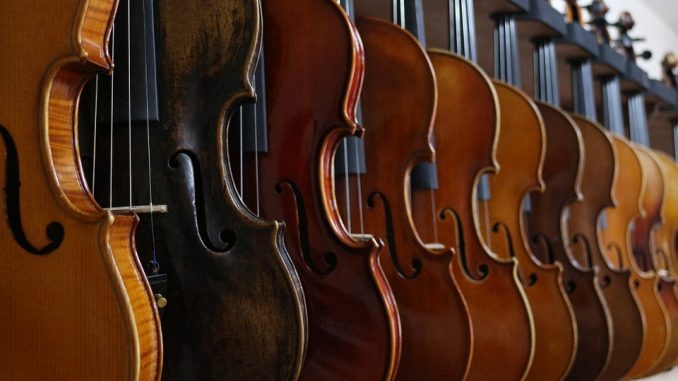
With the close of the academic year comes many a thing to look forward to: summer vacation, warmer weather and for those who appreciate the arts, National Chamber Music Month.
Established in 2012 by Chamber Music America, a nonprofit organization, National Chamber Music Month is the annual celebration of small ensemble music in its many forms. Chamber Music America cites this month as their opportunity to raise awareness of the chamber music field and draw new audiences to various performances.
Chamber music is a foundation of artistic communication. Deputy Chair and Associate Professor of music history Dr. Joel Evans describes chamber music as the primary vehicle for presenting musical intimacy between players and audience members.
“Traditionally, [chamber music] has been considered music for the parlor, home and small audience environment, often featuring the work of the major figures in classical music such as Haydn, Mozart, Beethoven, Schubert, Brahms and others, but it really can include music of all historic periods,” he said. “This great body of repertoire in both instrumental and vocal music reveals man’s desire to express feelings, observations, opinions and revelations through sound. Its presence throughout most of history has certainly withstood the test of time.”
On this campus, the artform is vastly prevalent, providing yet another unique cultural aspect to the small community.
Evans explains that a plethora of the performances held on campus reflect on this style of music in some way.
“At SUNY New Paltz our students, faculty and guest artists bring a wealth of chamber music to the campus every academic year with a wide variety of works spanning close to two millennia,” Evans said. “Here you may listen to art songs, solo recitals, piano trios, lute songs, madrigals, chamber groups and many other combinations from the Medieval, Renaissance, Baroque, Classical, Romantic and contemporary periods of music. We could even consider the jazz combo a type of 20th century chamber music that is at home in both the club scene and the recital hall.”
Aside from the diversity the artstyle provides, Evans comments on the learning of the form, stating that it is an essential process in the education of music students.
“It requires that people work together in a small setting of two, three or four performers, practicing, discussing, correcting, interpreting and refining the music so that it is cohesive and enlightening to the audience,” he said. “I also find that great friendships and professional maturity are forged in the learning and performance of chamber music together.”
Evans explains that a sense of respect, cooperation and satisfaction emerges from hours of practice and refinement of this great art form.
To follow along with the monthly celebration, events and programs are listed at Chamber-music.org/.
